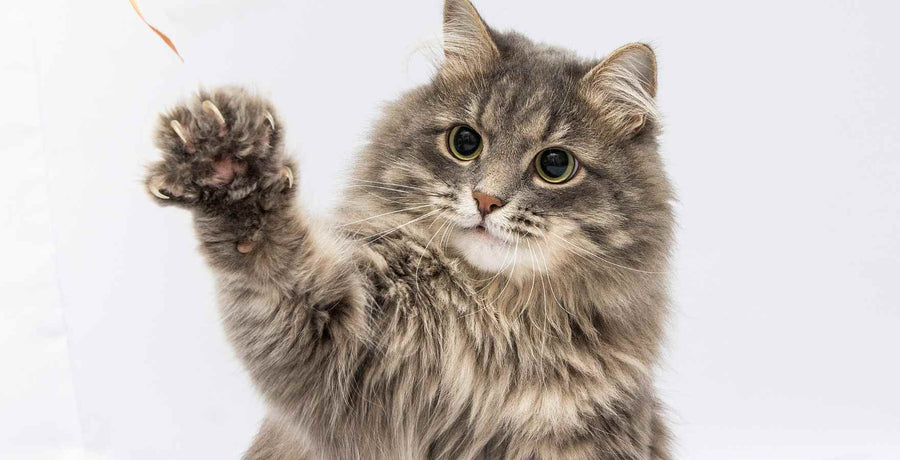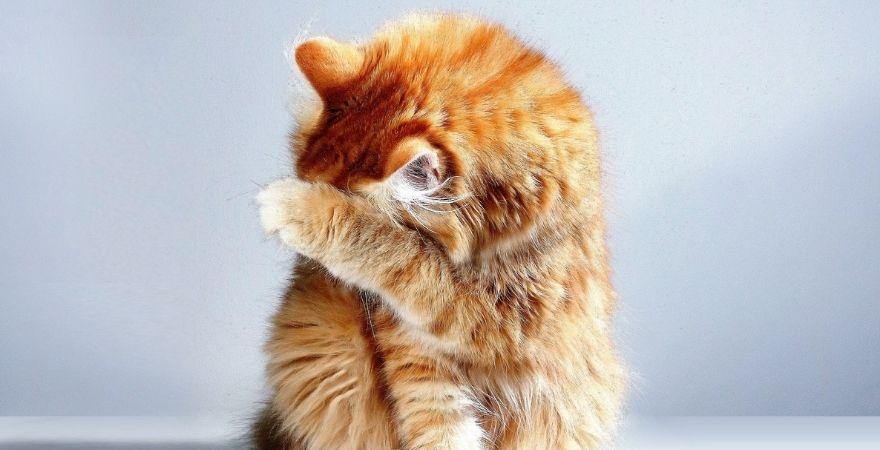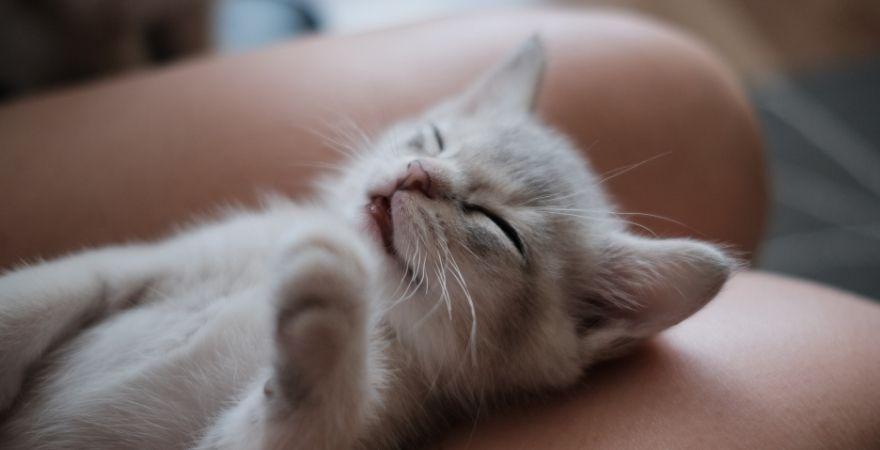So from the top…
A CKD diagnosis means that your furballs kidneys no longer function properly. And, without the appropriate treatment, your cats health will unfortunately deteriorate.
The causes of CKD can range from birth defects, inflammatory conditions and exposure to toxins such as anti-freeze and grapes.
If your cat has suspected CKD you or your cats vet may have noticed typical symptoms including: weight loss, dehydration and conditions such as anaemia and high blood pressure (check our our full guide here)
Following a general health check, your cat’s vet may suggest testing for CKD.
Many cat’s find visiting the vets a stressful experience and cat owners may be worried by the idea of further tests.
To give you an idea of what can be expected when testing for CKD, we have outlined the typical methods used by vets to help diagnose the condition:
1. Blood Tests

Your cats blood will be assessed for high levels urea and creatinine. These are waste products often found in the blood when the kidneys are no longer able to efficiently excrete waste from the body.
Blood samples are most commonly collected from a cat’s jugular vein. As the largest and most easily accessible vein this should make it a quick and easy process.
2. Urine Tests

It is common for cats with CKD to produce diluted urine. This is due to the kidneys no longer being able to function correctly, thus not producing a concentrated urine common in healthy cats. Urine samples can be collected in a variety of ways including:
1) Free catch (collected from an empty litter tray)
2) Via a catheter that is passed through the urethra (not commonly used as your cat will require sedation)
3) Via cystocentesis (most common method of urine collection that is a pain free procedure whereby urine is collected with a syringe directly from the bladder).
3. Glomerular Filtration Rate (GFR) Measurement
A relatively new method of testing for CKD that has only recently become commercially available for diagnostic laboratories.
GFR tests the amount of blood passing through the glomeruli of the kidneys every minute. Although considered a reliable method for diagnosing CKD, the test is not commonly used due to its expense.
4. Alternate testing

Your cat’s vet may also suggest testing for a range of other conditions commonly found in cats with suspected CKD. These can include:
1) Dehydration
2) Anaemia
3) Altered blood salt levels
4) Altered blood acidity
5) Proteinuria
6) Bacterial urinary tract infections
7) Renal secondary hyperparathyroidism
These conditions can be tested for in variety of ways, including blood and urine sample testing, ultrasounds, x-rays, blood pressure measurement, eye examinations and in some cases a kidney biopsy.
Choosing one or more of these methods to test for CKD will enable your cats vet to give an accurate diagnosis. And if CKD is diagnosed, these tests will help your vet categorise your cat on the kidney disease staging system, so they can see how far the disease has progressed.
Although some of these tests may sound intrusive and destressing, it is vital to remember that the quicker your vet is able to diagnose CKD, the easier the condition is to manage.
If you are concerned about the tests used to diagnose CKD, it is always best to discuss these with your vet. They will be able to advise on the most appropriate method that will cause as little stress for both you and your cat.




1 comment
Les 8 meilleurs endroits pour rencontrer des femmes pour le sexe en ligne et vous faire prendre: http://v.ht/aKgjKMS?&cudpw=y9sjdDUhs7kR